I'm been working on this for while and i feel that it looks good enough to show.... i hope it helps others analysis digital color representation for people who are color blind like me, parts are pretty cheap possibly under $15 and no soldering required.
DIY Digital 3D Color Analysis for Aquarium test tubes, this device can be used to check color in the test tube with the digital color representation, in this case i will be using Api test kits
Note: newer model doesn't not require a resistor for led
Maker Video V:
https://tinyurl.com/397x5vjd
Maker 3D model:
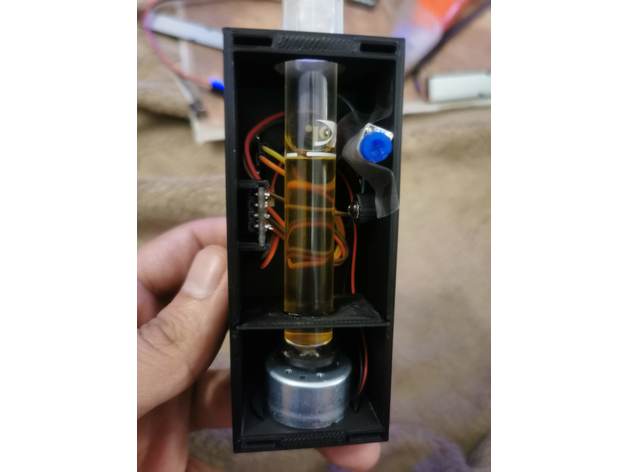
 www.thingiverse.com
www.thingiverse.com
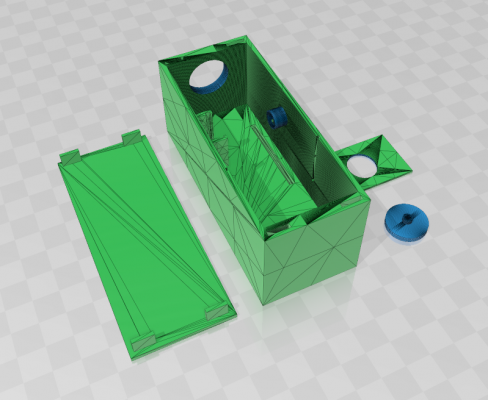
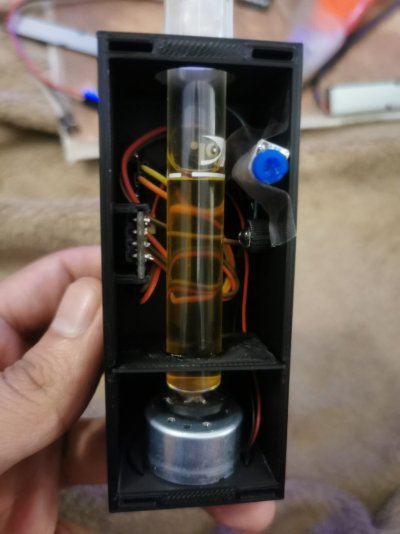
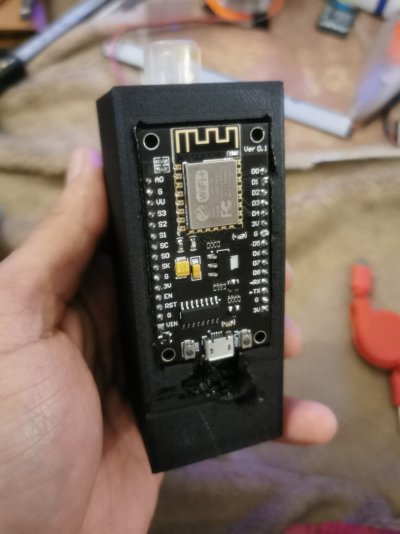
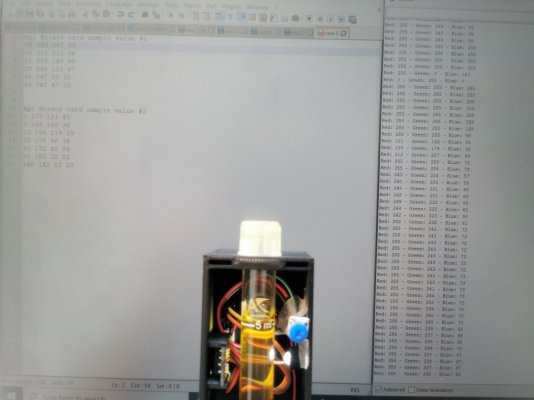
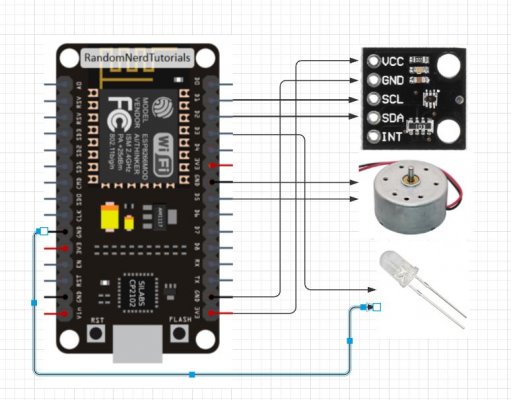
DIY Digital 3D Color Analysis for Aquarium test tubes, this device can be used to check color in the test tube with the digital color representation, in this case i will be using Api test kits
Note: newer model doesn't not require a resistor for led
Maker Video V:
https://tinyurl.com/397x5vjd
Maker 3D model:

DIY 3D printed Digital Color Analysis for Aquarium test tubes under $15 and no solder by wacky123
DIY 3D printed Digital Color Analysis for Aquarium test tubes under $15 and no soldering required. DIY Digital Color Analysis for Aquarium test tubes, this device can be used to check color in the test tube with the digital color representation, in this case we will be using Api test kits Maker...
























